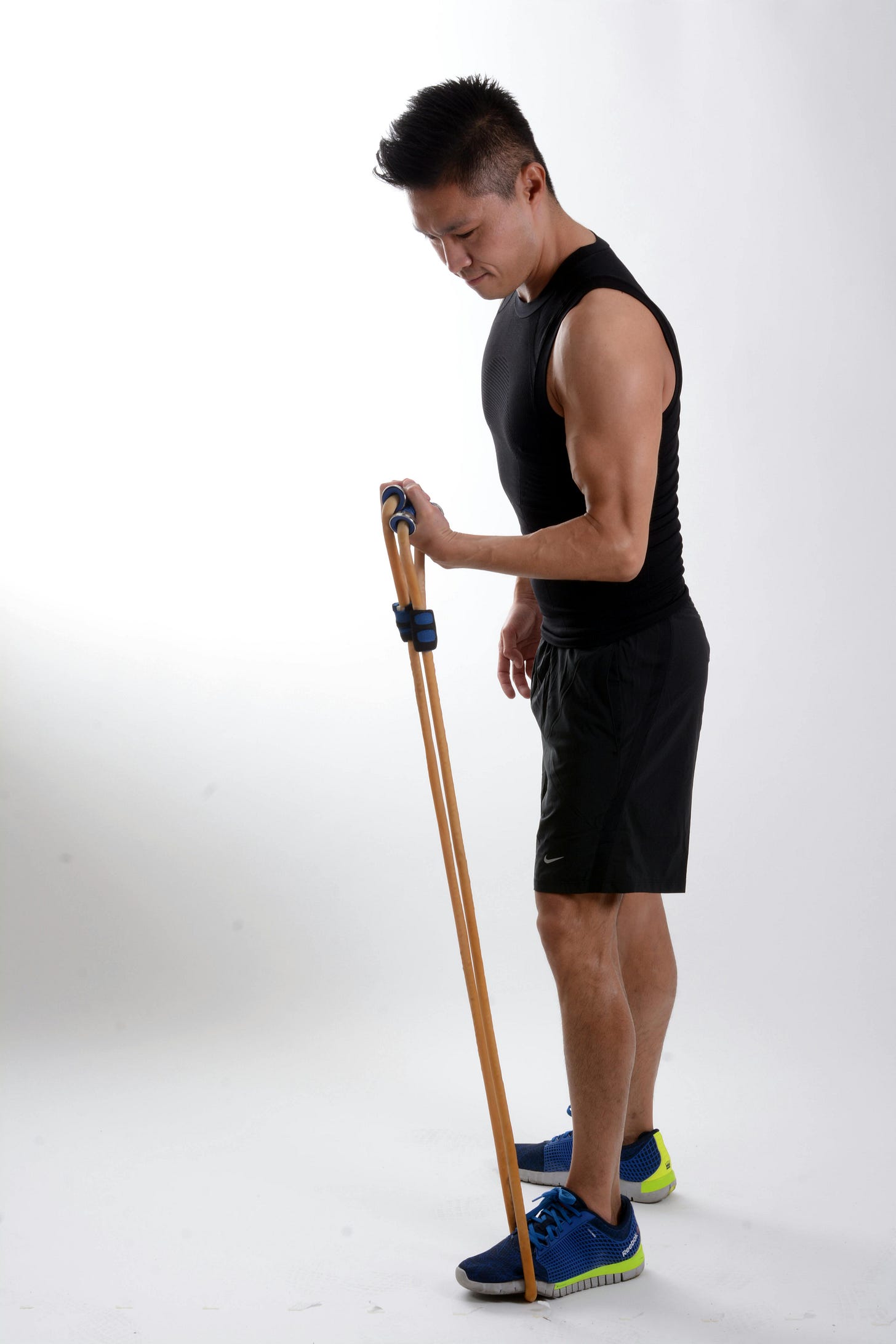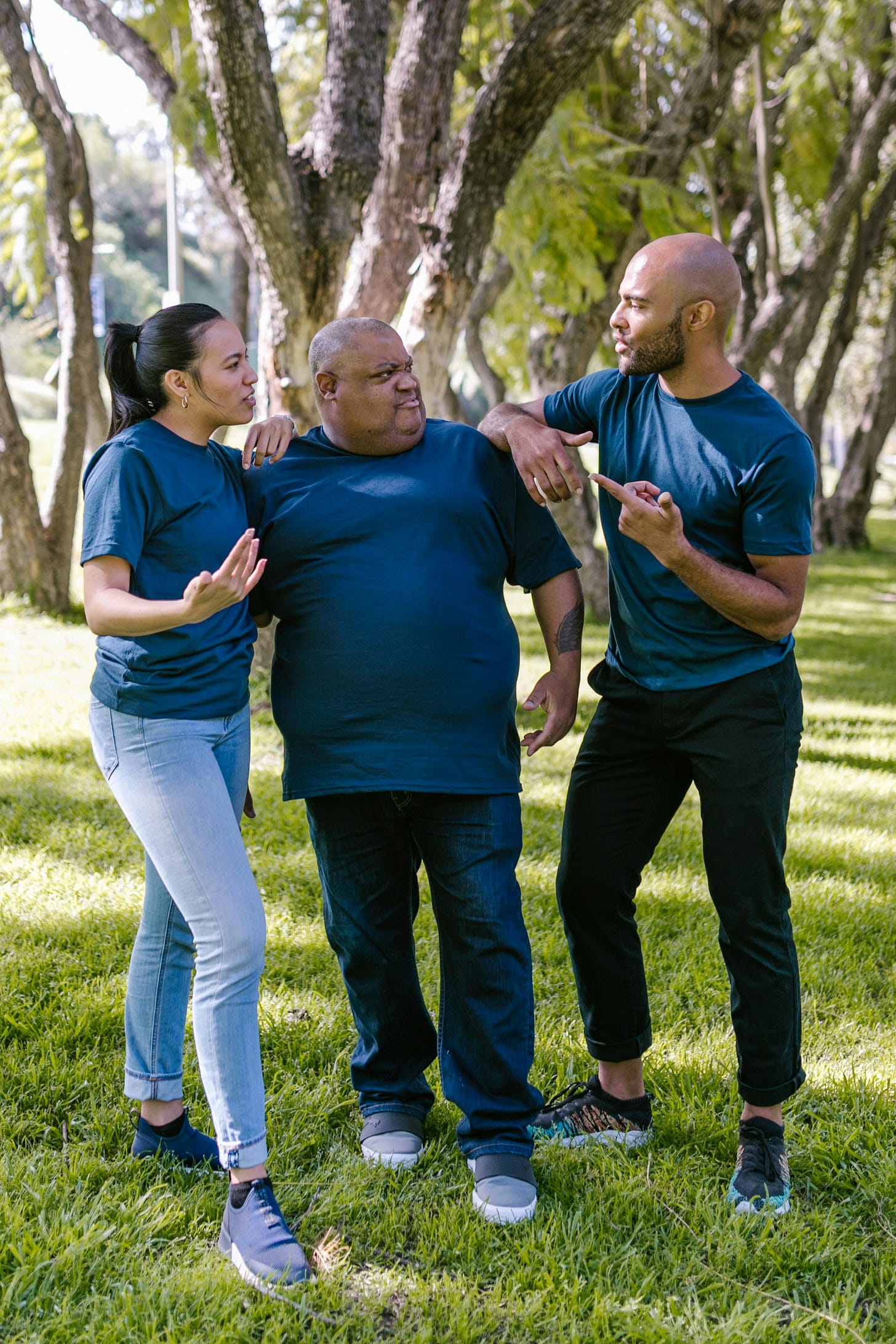What the World Health Organization (WHO) Doesn’t Tell You About Physical Activity Prescription
Make Your Exercise Program Work for You
WHO’s Minimum Exercise Recommendations for Health
The World Health Organization suggests the following as the minimum for maintaining health:
• Intensity: Moderate
• Duration: 150 minutes per week or 4,000-5,000 steps per day
• Type: Aerobic activities (walking, jogging, cycling) and resistance training
• Frequency: Spread throughout the week or performed in concentrated sessions
Make It Personal: Tailoring Your Exercise for Maximum Benefit
While the WHO provides a great starting point, tailoring your exercise program to your personal preferences, lifestyle, and goals can make your workout routine far more effective and enjoyable.
Photo by ThisIsEngineering: https://www.pexels.com/photo/boxers-looking-at-performance-tracker-3912468/
Co-Design Exercise Programs: Work Together
Collaboration is key. Whether working with a coach, personal trainer, or on your own, it’s important to design an exercise plan that suits your unique needs.
• Offer Choices Based on Preferences:
o For social settings: Consider group fitness classes, dancing, or team sports.
o For solitude seekers: Opt for activities like jogging, hiking, or cycling.
• Create a Collaborative Plan: Develop a flexible routine that reflects your interests.
o Example: Mix yoga with brisk walking or swimming to combine relaxation with cardio benefits.
Flexibility and Personalization: Adapt to Your Life
Maintaining variety in your workout routine is crucial to sustaining motivation and engagement.
• Include a Range of Activities:
o Parents: Try playing tag or soccer with kids.
o Nature lovers: Incorporate hiking or outdoor cycling.
• Tailor Workouts to the Environment:
o Live near a beach? Add activities like beach volleyball, swimming, or jogging on the sand.
o Short on time? Home-based exercises like online dance classes or active video games (exergames) work well.
• Adjust for Lifestyle Changes: Modify your routine as needed to fit your schedule or preferences.
o Example: Switch morning workouts to afternoons if mornings become too challenging.
Photo by Polina Tankilevitch: https://www.pexels.com/photo/a-person-sitting-on-a-yoga-mat-8539099/
Integrate Novel and Challenging Activities: Stay Motivated
Regularly introducing new exercises keeps your routine exciting and challenging.
• Suggest Monthly New Activities: Try rock climbing, paddleboarding, or martial arts.
• Change the Environment: Move workouts outside or incorporate new equipment like resistance bands.
• Set Personalized Challenges: Aim for goals like completing a 5k run or mastering a new dance routine.
Photo by Keiji Yoshiki: https://www.pexels.com/photo/man-in-black-tank-top-holding-brown-stretching-rope-176794/
Focus on Self-Regulation: Listen to Your Body
Learning to listen to your body is an essential skill for long-term success in any fitness program.
• Learn Body Awareness: Monitor how your body feels—your breathing, heart rate, and overall comfort. Make adjustments as necessary.
• Include Mindful Movement: Practices like yoga, Tai Chi, and mindful walking improve body awareness and emotional regulation.
• Use Feedback Tools: A perceived exertion scale (1-10) can help you assess your effort and adjust your workout intensity accordingly.
Photo by Mikhail Nilov: https://www.pexels.com/photo/woman-in-black-tank-top-holding-her-hair-6931743/
Supportive and Interactive Coaching: Stay Engaged and Motivated
Whether working with a trainer or independently, continuous feedback helps keep you on track and motivated.
• Schedule Regular Check-ins: Weekly or bi-weekly meetings (in-person or virtual) to track progress and make adjustments.
• Provide Positive Reinforcement: Focus on improvements in mood, energy, or consistency, not just physical results.
• Adapt in Real-Time: Modify exercises based on how you feel to ensure the workout remains enjoyable and manageable.
Photo by RDNE Stock project: https://www.pexels.com/photo/people-standing-near-a-tree-7551269/
Conclusion
To truly benefit from your exercise program, go beyond basic recommendations. A personalized and flexible approach not only makes exercise more enjoyable but also enhances mental health outcomes. This participant-centric model, demonstrated in studies like Almarcha et al. (2022), consistently outperforms traditional, one-size-fits-all methods.
Reference
Almarcha, M., González, I., Balagué, N., & Javierre, C. (2022). Prescribing or co-designing exercise in healthy adults? Effects on mental health and interoceptive awareness. Frontiers in Behavioral Neuroscience, 16, Article 944193. https://doi.org/10.3389/fnbeh.2022.944193










